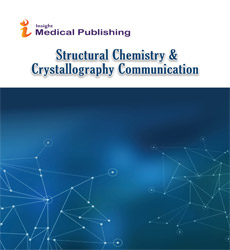Abstract
Electrochemical characteristics of firing reaction for screen-printed Ag contact formation of crystalline Si solar cells
Printing Ag paste followed by spike firing at a peak temperature of ~800o C is the most widely used technique to produce front-side metallization of crystalline Si solar cells. Recent study revealed that the reactions involved in firethrough contact formation were electrochemical reactions where the molten glass acted as an electrolyte. When the sintered bulk Ag and Si emitter separated by a molten glass layer were accidently short-circuited during the firing process, the Ag+ ions dissolved in the molten glass could not be reduced at the Si emitter surface, leading to poor contact quality without Ag crystallites formed onto the emitter surface. This study explored further the electrochemical nature of contact firing reactions with focus on the extent of the short-circuiting effect along the Ag finger line as moving away from a short-circuit spot. The behavior of Ag crystallite formation at the contact interface was examined after contact firing of screen-printed Ag finger lines with various lengths and patterns. The present results demonstrate that the short-circuiting effect is diminishing along the finger line predominantly due to the electrical resistance of Si wafer. The results could be interpreted in terms of the mixed potential theory of corrosion.
Author(s): Joo-Youl Huh
Abstract | Full-Text | PDF
Share this

Google scholar citation report
Citations : 275
Abstracted/Indexed in
- Google Scholar
- China National Knowledge Infrastructure (CNKI)
- Directory of Research Journal Indexing (DRJI)
- WorldCat
- Geneva Foundation for Medical Education and Research
- Secret Search Engine Labs
- CAS (Chemical Abstracting Services)
Open Access Journals
- Aquaculture & Veterinary Science
- Chemistry & Chemical Sciences
- Clinical Sciences
- Engineering
- General Science
- Genetics & Molecular Biology
- Health Care & Nursing
- Immunology & Microbiology
- Materials Science
- Mathematics & Physics
- Medical Sciences
- Neurology & Psychiatry
- Oncology & Cancer Science
- Pharmaceutical Sciences

